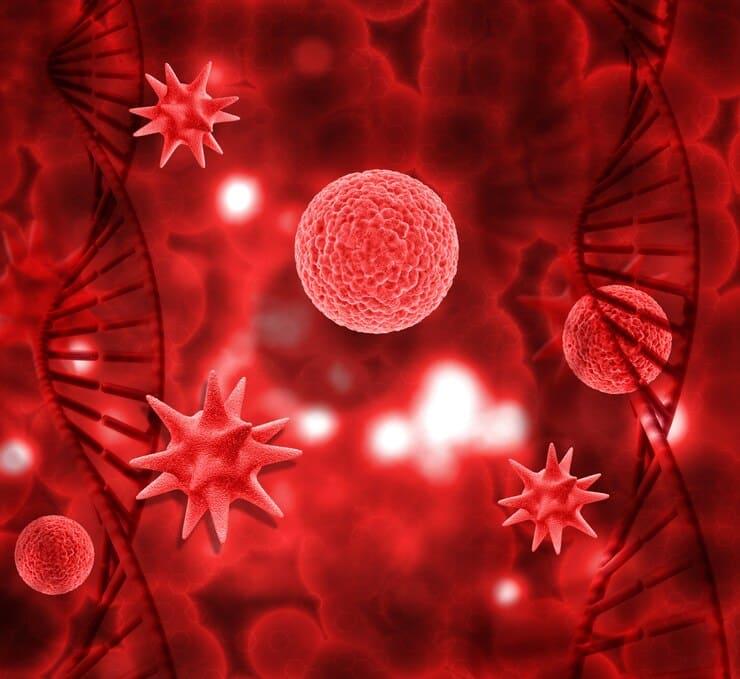KEY TAKEAWAYS
- The DREAMM5 phase I/II aimed to assess whether the combination of low-dose belamaf and nirogacestat is more effective and safer than belamaf monotherapy in RRMM pts.
- The primary endpoint was ORR.
- The combination of low-dose belamaf and nirogacestat showed promise in treating RRMM, with an improved response rate and reduced ocular side effects, warranting further investigation with standard-of-care agents.
Belamaf, a B-cell maturation antigen(BCMA)-targeted therapy, is being studied for its potential in treating RRMM. Researchers aimed to assess whether the combination of low-dose belamaf and nirogacestat is more effective and safer than belamaf monotherapy in RRMM patients(pts).
The study randomly assigned pts were assigned in a 1:1 ratio to receive either low-dose belamaf (0.95 mg/kg) every three weeks (Q3W) in combination with nirogacestat (100 mg) twice daily or belamaf monotherapy (2.5 mg/kg Q3W). The primary endpoint was the overall response rate (ORR).
The result demonstrated data from 34 pts treated with low-dose belamaf + nirogacestat and 37 pts treated with belamaf monotherapy were analyzed. The median age was 68 years (range 48–81), with a median of 5 prior lines of therapy (range 3–14). Pts received a median of 4 cycles (range 1–20) of the combination and 3 cycles (1–9) of monotherapy. In terms of overall response rate (ORR), the combination arm yielded while the monotherapy arm was 29% (95% CI 15.1, 47.5) and 38% (95% CI 22.5, 55.2); rates of very good partial response or better were 18% and 14%. The median time to response was 1.1 months (IQR 0.7, 1.5) for the combination and 1.5 months (IQR 0.8, 2.1) for monotherapy. Grade ≥3 adverse event (AE) incidence was 76% and 65%. Grade 3 ocular events were less frequent for low-dose belamaf + nirogacestat (29% vs. 59%), and no Grade 4 ocular events occurred in either arm. About 4 pts discontinued the study treatment due to AEs unrelated to the study treatment (combination n=3; monotherapy n=1).
The combination of low-dose belamaf and nirogacestat showed promise in treating RRMM, with an improved response rate and reduced ocular side effects, warranting further investigation with standard-of-care agents.
Source: https://clml-soho2023.elsevierdigitaledition.com/508/index.html#zoom=true
Clinical Trial: https://clinicaltrials.gov/study/NCT04126200
Callander NS, Richardson PG, Hus M, Ribrag V, Martinez Lopez J, Kim K, Lee JH, Dimopoulos M, Schjesvold F, Facon T, Jo JC, Min CK, Mielnik M, Cheng S, Smith LM, Breitbach CJ, Brawley C, Sembhi H, LaMacchia J, Hakim S, Kremer BE, Grosicki S. Low‑Dose Belantamab Mafodotin (Belamaf) in Combination With Nirogacestat Versus Belamaf Monotherapy in Patients With Relapsed/Refractory Multiple Myeloma (RRMM): Phase 1/2 DREAMM‑5 Platform Sub‑Study 3. Scopus. 2023; Volume 23 Supplement 1:506-507.



